In industrial machinery, hydraulic slewing drives and traditional gear systems are widely used to provide rotational motion in equipment such as cranes, excavators, wind turbines, and various construction and mining machinery. While both systems offer reliable performance, they differ in their design, functionality, and operational characteristics.
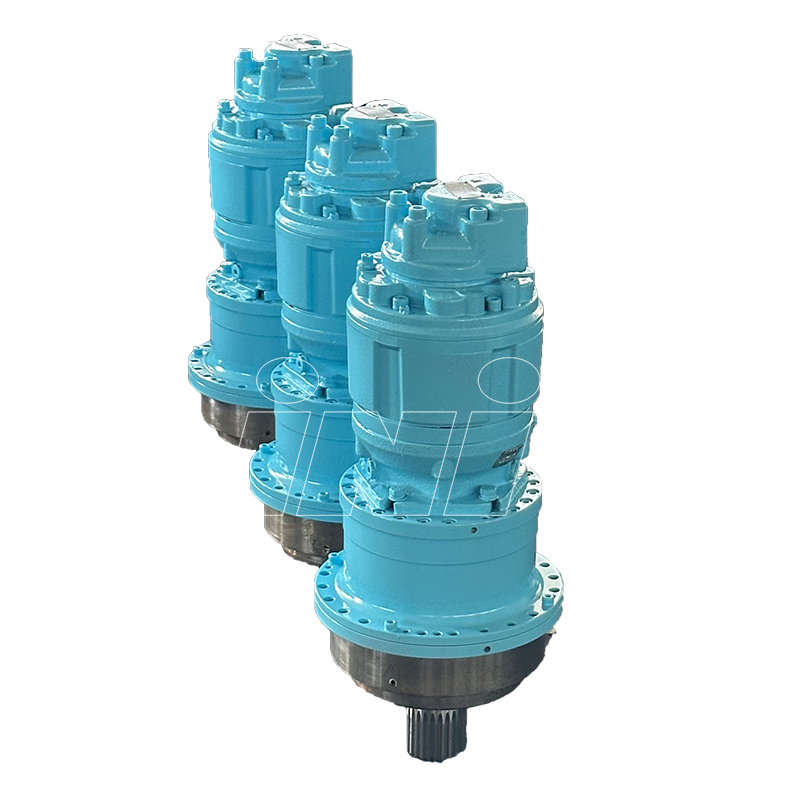
What Is a Hydraulic Slewing Drive?
A hydraulic slewing drive is an actuator that uses hydraulic pressure to provide rotational motion. It is widely used in heavy-duty equipment, such as cranes, excavators, wind turbines, and various industrial machinery. Hydraulic slewing drives usually consist of a hydraulic pump, motor, gear mechanism, and a slewing ring. Their advantage lies in their ability to provide high torque at low speeds, making them ideal for applications requiring high load capacities, precision, and continuous, stable rotation.
Hydraulic Slewing Drive Structure:
- Hydraulic Motor: Provides the driving force.
- Slewing Ring: Provides rotational support.
- Hydraulic Pump: Generates hydraulic pressure.
- Gearbox: Adjusts the speed and direction of power transmission.
What Is a Traditional Gear System?
A traditional gear system is a mechanical transmission mechanism that uses the meshing of gears to transfer rotational force from one component to another. These systems are used in a wide variety of applications, including household appliances, automobiles, and industrial machinery. Traditional gear systems are renowned for their efficiency and precise speed control capabilities, making them ideal for applications that require high rotational speeds or precise control.
Traditional Gear System Structure:
- Gear Teeth: Transfer rotational force.
- Shafts: Support the gears and rotate.
- Bearings: Reduce friction and ensure stable gear operation.
1. Torque and Power Transmission
Hydraulic Slewing Drives:
Hydraulic systems can deliver high torque even at low speeds, thanks to the pressure generated in the hydraulic fluid. Hydraulic slewing drives are particularly suitable for applications requiring sustained high loads, such as cranes, excavators, and heavy-duty machinery. These drives allow smooth starts and consistent load transmission without being affected by load variations.
Traditional Gear Systems:
Traditional gear systems can also transmit high torque, but their efficiency tends to decrease when handling extremely heavy loads, especially in high-power applications. Mechanical gears are often affected by gear wear, backlash, and lubrication issues, leading to energy losses over time. However, gears excel in providing precise speed control, especially in applications that require high rotational speeds and instant response.
Torque and Power Transmission Comparison
| Feature | Hydraulic Slewing Drive | Traditional Gear System |
|---|---|---|
| Torque Capacity | High, suitable for heavy loads | Moderate, affected by load and wear |
| Power Efficiency | Relatively low, but handles high loads | High, suitable for consistent load conditions |
| Suitable Applications | Cranes, excavators, wind turbines | Automobiles, household appliances, industrial equipment |
2. Efficiency and Energy Consumption
Hydraulic Slewing Drives:
The efficiency of hydraulic systems depends on factors such as hydraulic fluid pressure, sealing, and friction. While hydraulic slewing drives can provide high torque, they often consume more energy to maintain system pressure, leading to lower efficiency compared to traditional gear systems. Additionally, hydraulic fluid leakage or contamination can decrease efficiency, increasing maintenance costs.
Traditional Gear Systems:
Traditional gear systems tend to be more energy-efficient, especially in applications where the load is stable. Gears typically do not require as much additional energy input as hydraulic systems and can convert input energy into mechanical rotation with minimal loss. However, traditional gears can still suffer from issues such as friction and backlash, which can reduce efficiency over time.
Efficiency Comparison
| Feature | Hydraulic Slewing Drive | Traditional Gear System |
|---|---|---|
| Energy Consumption | High, affected by hydraulic pressure | Low, efficient during stable load |
| Efficiency | Low to moderate | High, suitable for long-term use |
| Maintenance Requirements | Requires regular fluid and seal checks | Regular lubrication and gear inspections |
3. Speed and Precision
Hydraulic Slewing Drives:
One of the main advantages of hydraulic slewing drives is their ability to maintain high precision at low speeds. This makes them ideal for applications where smooth and controlled motion is necessary, such as solar tracking systems, wind turbines, and mobile cranes. Hydraulic systems provide precise positioning, but they may not be as responsive in terms of speed changes or instantaneous motion as traditional gears.
Traditional Gear Systems:
Gear systems excel in providing rapid acceleration and deceleration, which is crucial for high-speed applications such as automobile engines and conveyor belts. They offer precise speed control, especially in systems requiring constant rotational speed, like electric motors. However, traditional gear systems can suffer from inaccuracies due to gear wear and backlash over time.
Speed and Precision Comparison
| Feature | Hydraulic Slewing Drive | Traditional Gear System |
|---|---|---|
| Speed Response | Slow, suitable for stable operation | Fast, high responsiveness |
| Precision | High, suitable for low-speed, high-precision applications | High, but affected by wear |
| Suitable Applications | Wind turbines, cranes, precision equipment | Automotive engines, power tools |
4. Maintenance and Durability
Hydraulic Slewing Drives:
Maintenance of hydraulic slewing drives typically involves checking and replacing the hydraulic fluid to ensure the hydraulic pump and motor function properly. The seals, hoses, and pumps in hydraulic systems are vulnerable to wear and leakage, which can lead to system failure. However, hydraulic drives tend to perform better in heavy-load and harsh environmental conditions compared to traditional gears.
Traditional Gear Systems:
Traditional gear systems require maintenance focused on lubrication, gear alignment, and wear prevention. While gears are robust and can last for long periods under normal conditions, they are more prone to damage from sudden shocks, overloads, or environmental factors like moisture. Over time, gears can wear down, impacting performance and requiring more frequent repairs or replacements.
Maintenance and Durability Comparison
| Feature | Hydraulic Slewing Drive | Traditional Gear System |
|---|---|---|
| Maintenance Requirements | Regular fluid and seal checks | Regular lubrication and gear inspections |
| Durability | High, suitable for heavy loads and extreme environments | Moderate, affected by wear |
| Wear-Prone Components | Pump, hoses, seals | Gears, bearings |
5. Cost and Initial Investment
Hydraulic Slewing Drives:
Hydraulic slewing drives tend to have higher initial costs due to the need for hydraulic pumps, motors, and specialized components. They also incur higher long-term operating costs due to the need for regular hydraulic fluid changes and maintenance. However, their superior performance in high-load, harsh environments justifies the additional investment in many heavy-duty applications.
Traditional Gear Systems:
Traditional gear systems are more cost-effective upfront due to their simpler design and lower manufacturing costs. Maintenance costs are also lower, as the system only requires regular lubrication and occasional gear replacement. Traditional gear systems are well-suited for applications requiring moderate loads or high-speed operations.
Cost Comparison
| Feature | Hydraulic Slewing Drive | Traditional Gear System |
|---|---|---|
| Initial Investment | High, requires hydraulic components | Low, simple design |
| Long-Term Operating Costs | High, requires fluid and maintenance | Low, lubrication and gear replacement |
| Suitable Applications | Heavy loads, extreme environments | Moderate loads, high-speed applications |

 ENG
ENG
 English
English русский
русский Español
Español
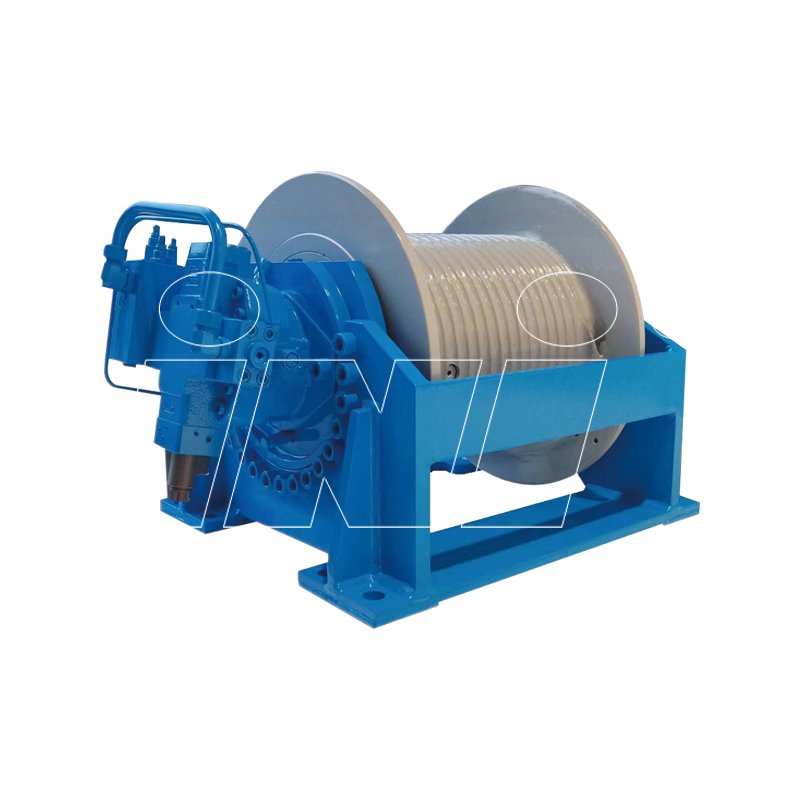
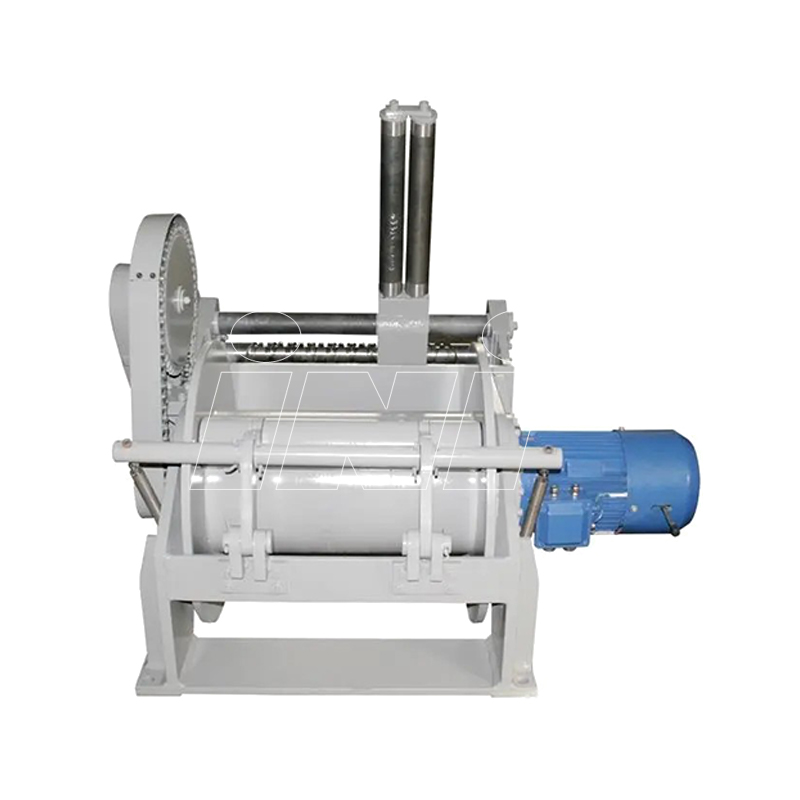
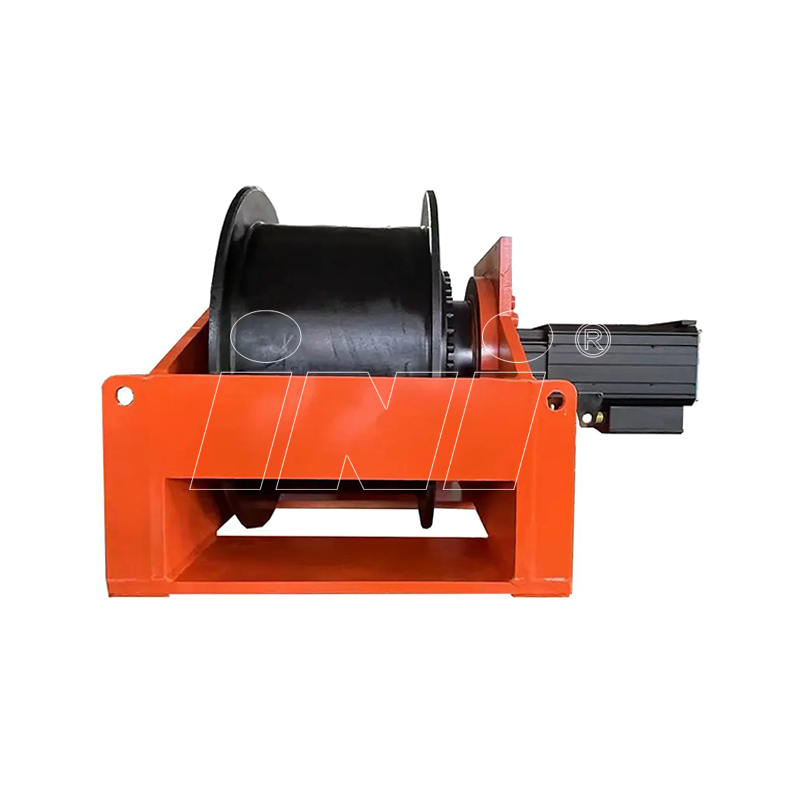

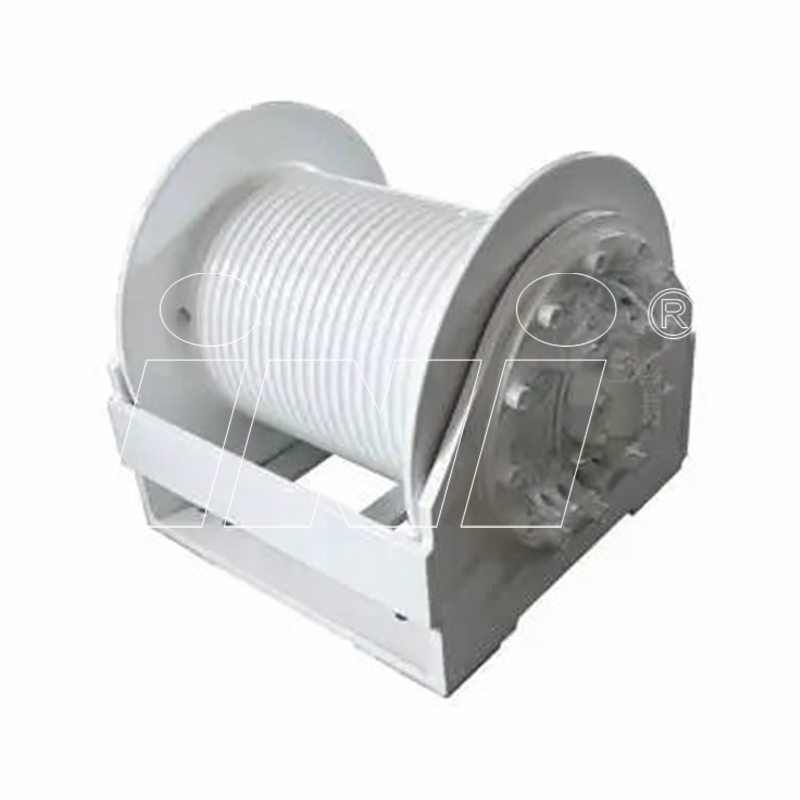
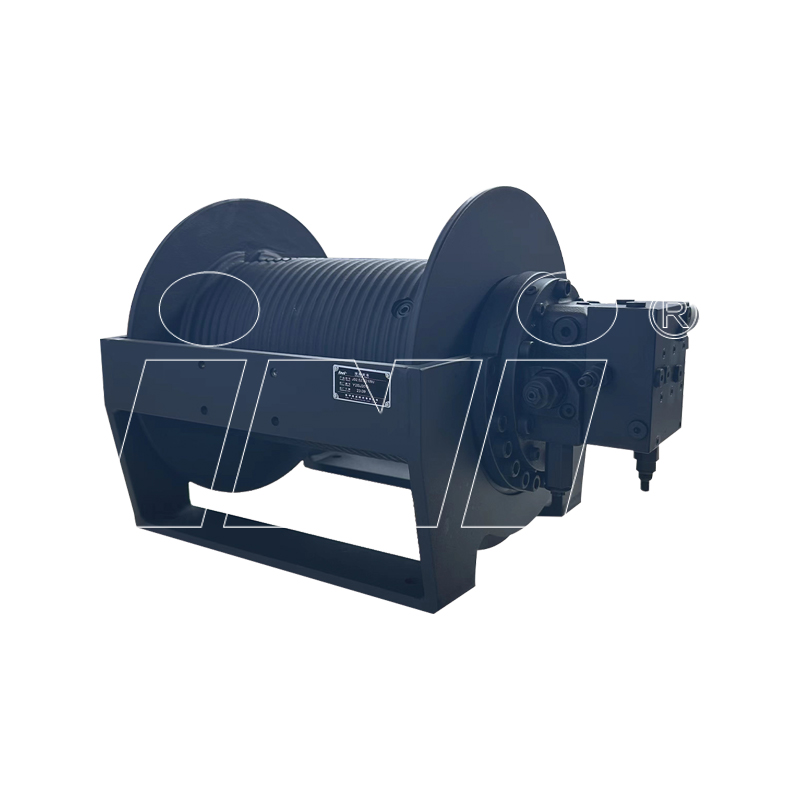
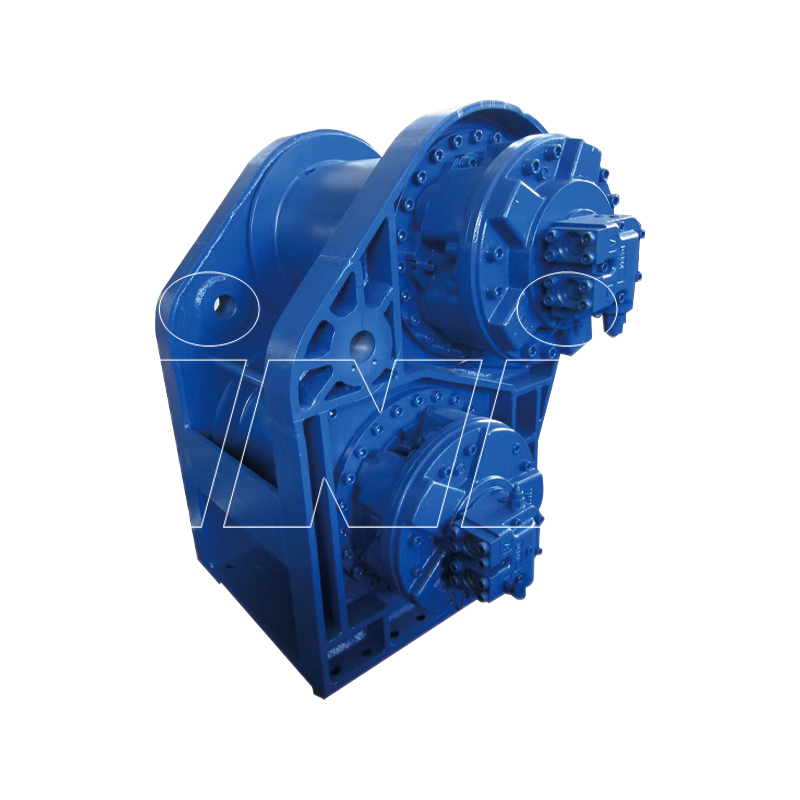

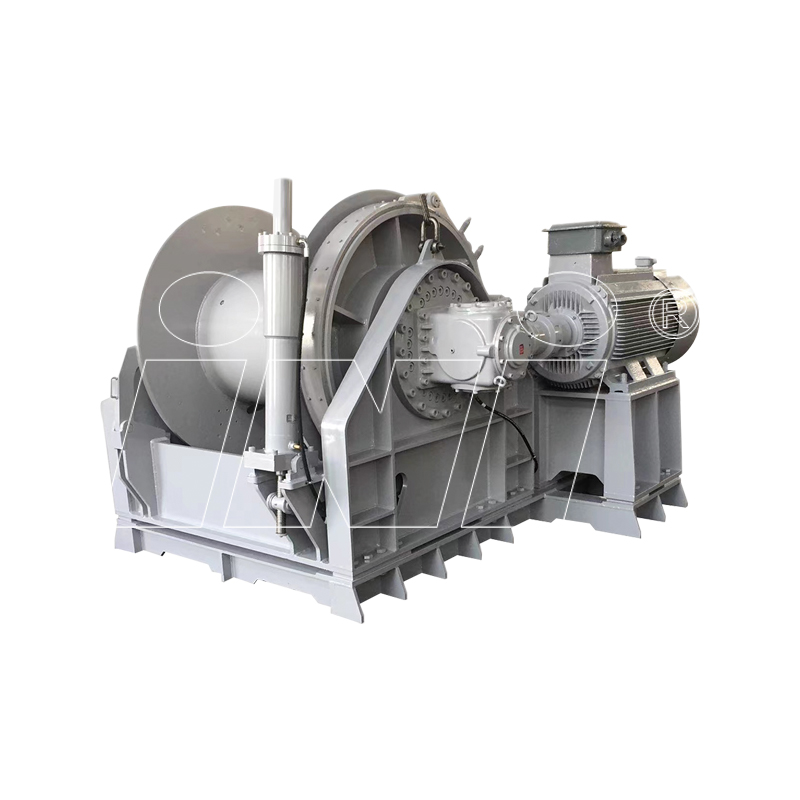

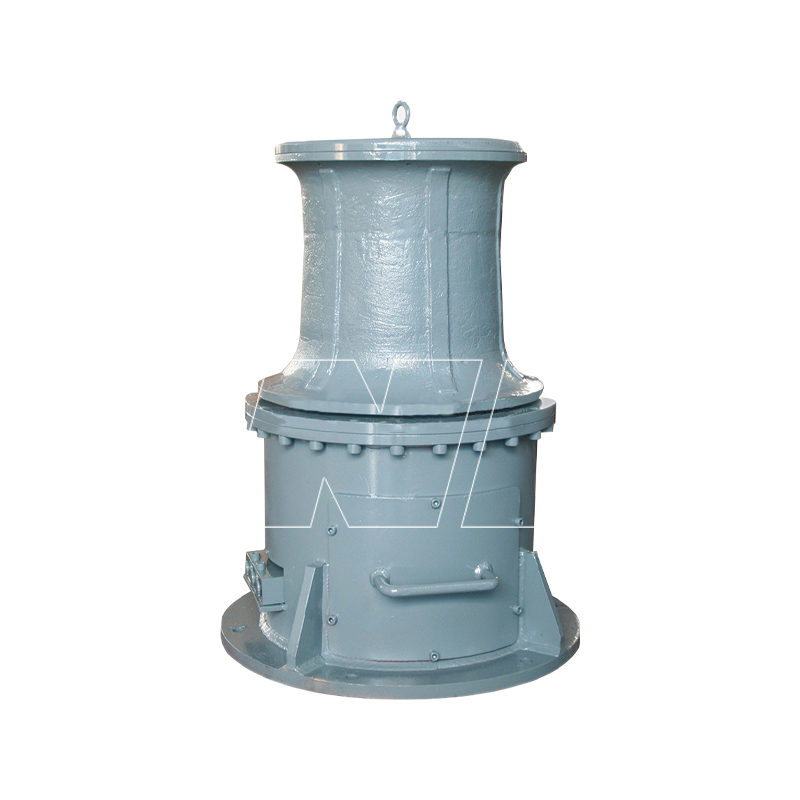
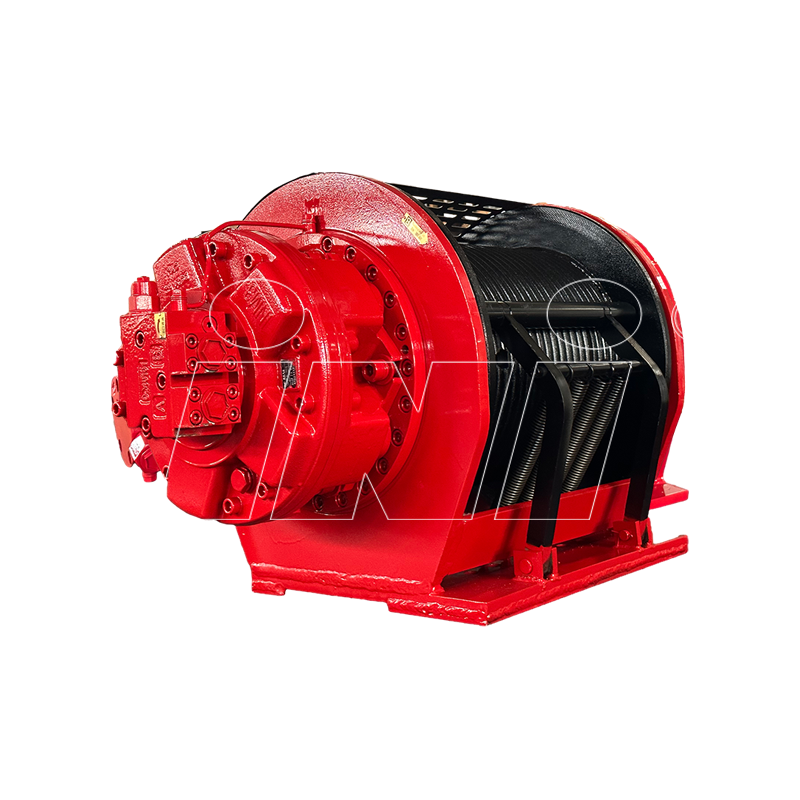
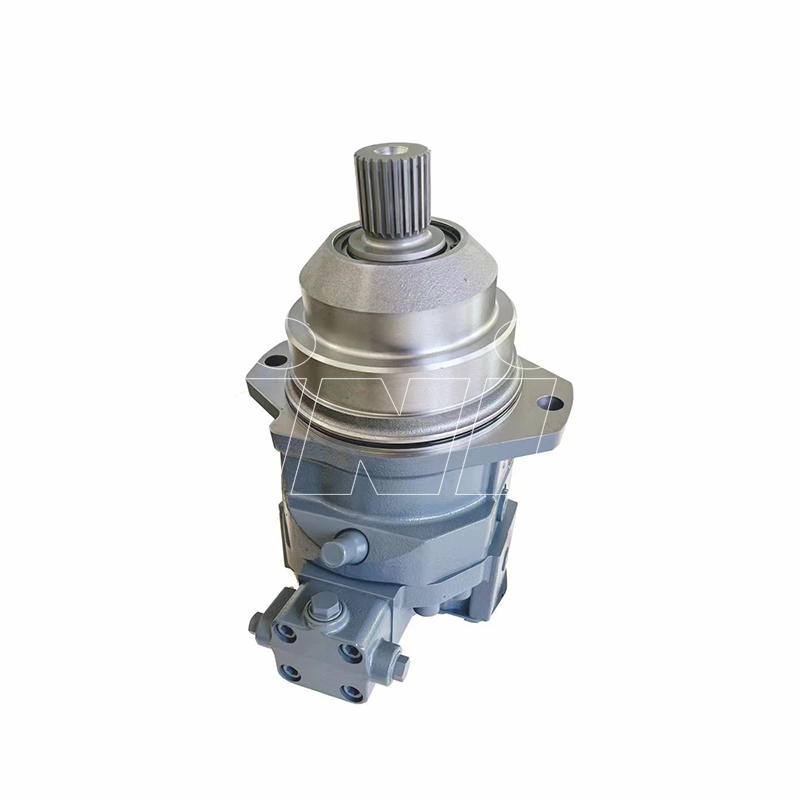

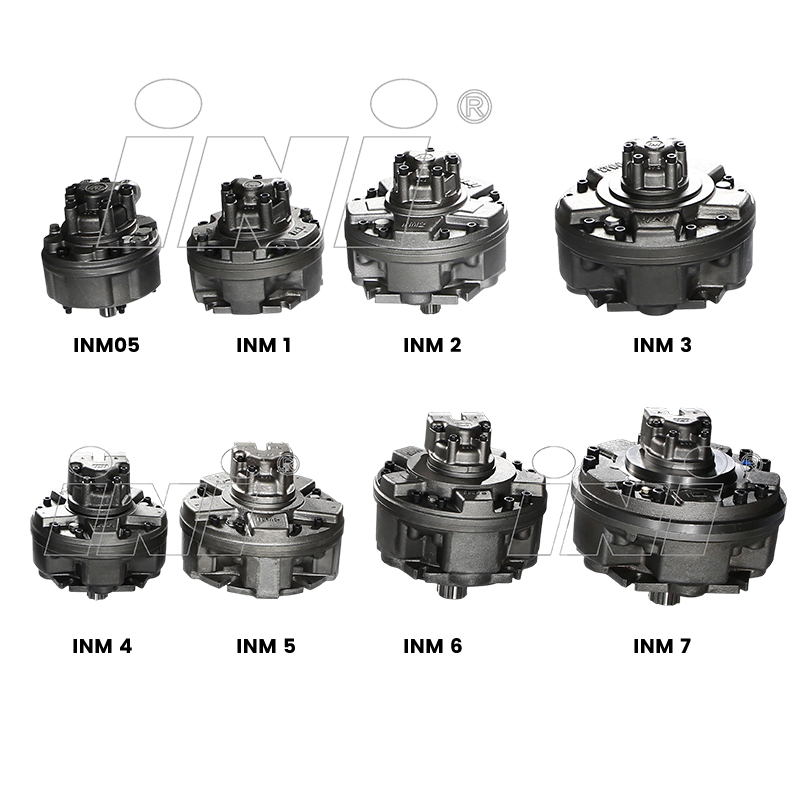

 English
English русский
русский Español
Español
 TOP
TOP